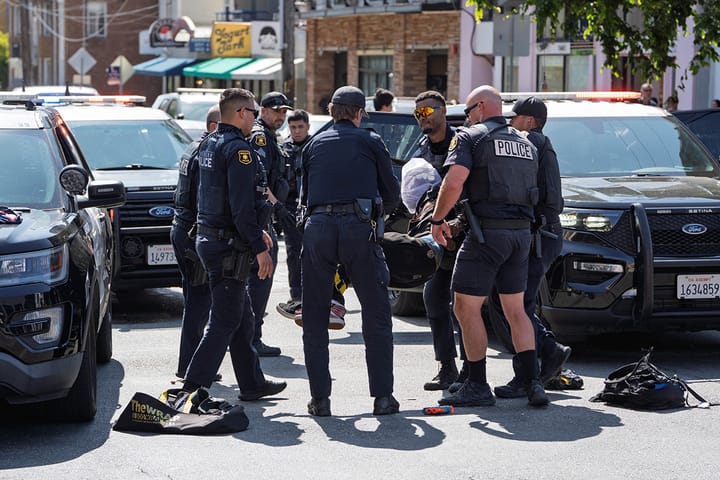UC Berkeley skeleton ID'd as Steven McCreary, homicide victim
McCreary's family last spoke with him in 2009. He would have been 37 years old at that time, UCPD said.
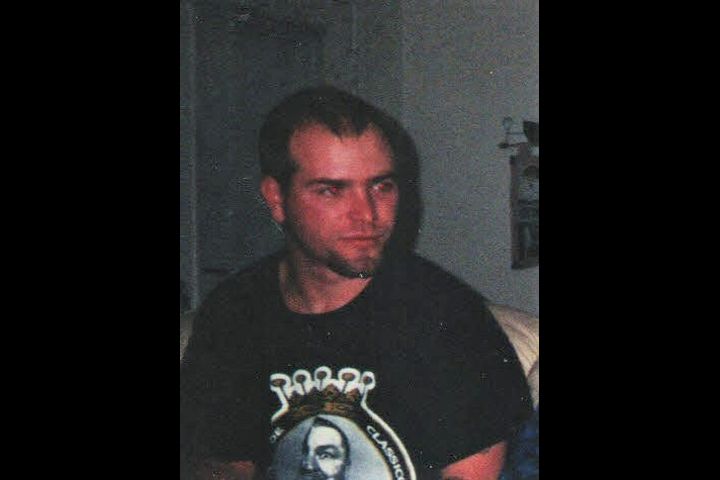
A human skeleton that was found beneath an abandoned UC Berkeley building in 2021 belonged to a homicide victim named Steven Lawrence McCreary, authorities announced Wednesday.
The University of California Police Department says it is now sharing several updates about the case in an effort to learn more about what may have happened to him.
"DNA evidence indicates the remains are those of Steven Lawrence McCreary, who was born on October 8th, 1972. Based on the condition of the bones analyzed by the Alameda County Coroner’s Office, McCreary’s death is a homicide," UCPD said in a prepared statement.
McCreary's family last spoke with him in 2009. He would have been 37 years old at the time, UCPD said.
"Forensic and other evidence indicates the death occurred many years ago," according to Wednesday's statement.
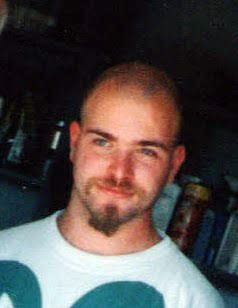
Steven Lawrence McCreary. UCPD
McCreary was not affiliated with UC Berkeley, police said.
"He was from Texas, and was known to travel around the country, sometimes on trains or by hitchhiking. He spent some time in the San Francisco Bay Area, but did not have a known residence here," according to UCPD.
Police said they waited until now to share these details "because the remains had to be identified, next of kin had to be notified, and the integrity of the investigation had to be protected. This is an ongoing investigation."
Police have asked community members who might know something about Steven Lawrence McCreary to come forward to share it with UCPD Detective Sgt. Jon Caires (at 510-642-0482 or jcaires@berkeley.edu) and Detective Mitch Levi (at 510-642-3658 or mlevi@berkeley.edu).
Authorities say they hope to speak with "anyone who ever interacted with him for any reason," according to Wednesday's statement.
Discovery of skeletal remains unreported for nearly 2 years
In January, UC Berkeley officials first announced the discovery of the bones on the Clark Kerr Campus, a satellite property several blocks south of Cal.
Five months later, The Berkeley Scanner broke the news that the skeleton had first been found in June 2021 by a worker at Clark Kerr, nearly 19 months before any official report was made.
Contractors told a UC Berkeley facilities director about the bones immediately but, reportedly, he never passed on that information to authorities.
(The facilities director no longer worked for UC Berkeley as of May, a campus spokeswoman said last month. He was not a person of interest in the case, and no additional details were shared about the circumstances of his departure.)
On Jan. 10, after waiting for the facilities director to do the right thing, the contractors decided to call UC Berkeley police to make their own report.
One of those contractors, who asked to remain anonymous, spoke with The Scanner at length about his experience.
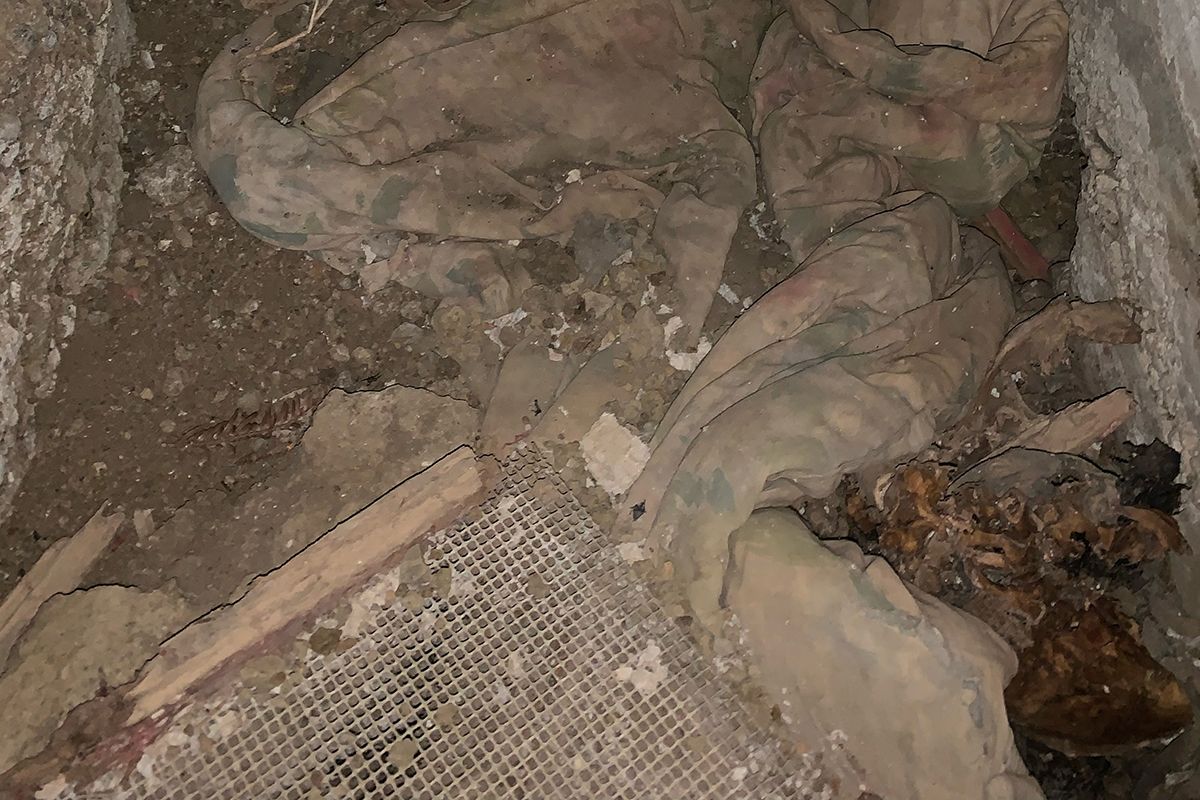
"We were there when all the cops came flying up there," the contractor told The Scanner last month. "It was just like right out of a police show."
Officers responded to Clark Kerr quickly and in numbers.
There were detectives and crime scene techs. One of them confirmed what the men had long believed, saying, "That’s a dead body for sure."
That's when the story became known to the broader public and went viral in news articles around the world.
At the time, the university shared few details about the bones, including whether or not the death appeared to have been suspicious.
"Although the remains are skeletonized, it is not clear how many years they have been there. There are no outstanding cases of missing individuals from the campus community," the university said in January. "A cause of death has yet to be determined."
Workers: The body was "definitely hidden"
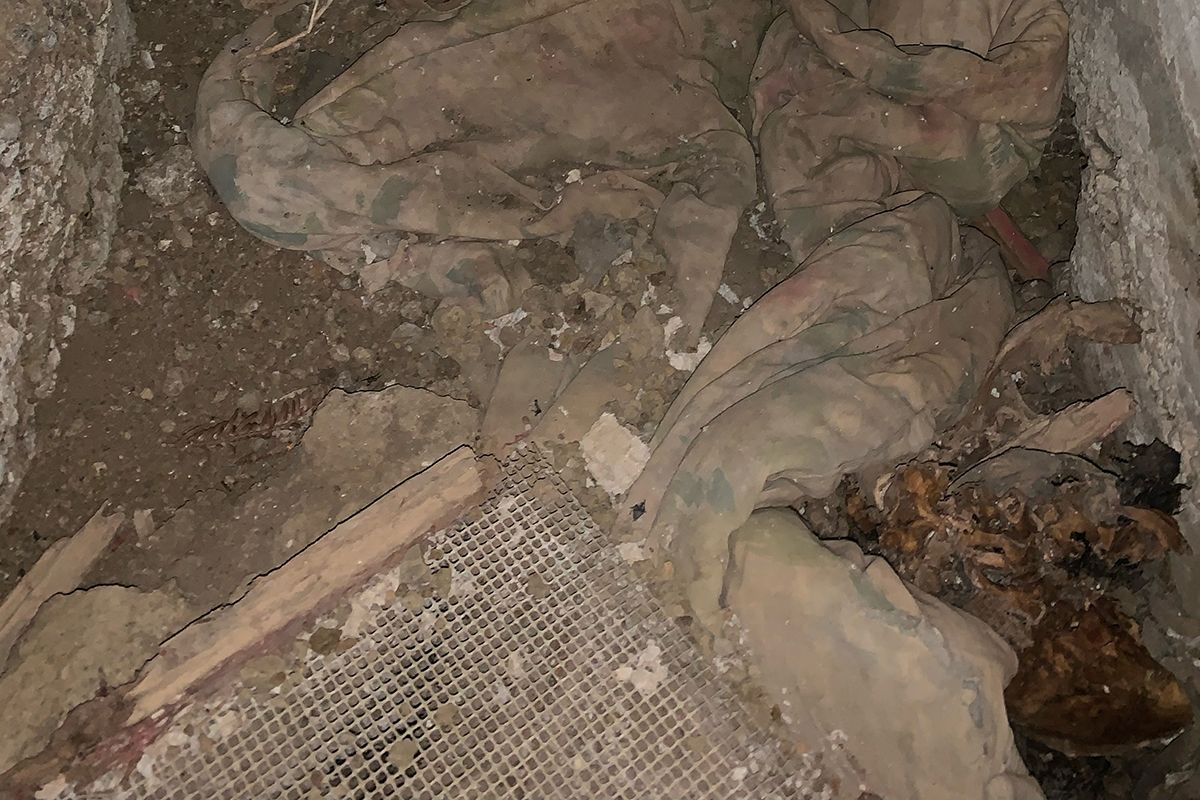
On June 14, 2021, the contractor said his crew was working in an abandoned building at Clark Kerr when the group needed to access an underground crawl space.
The area was boarded up, so the men removed the boards. One of them went inside.
"He just got really quiet," the contractor said. "He's like, 'Hey man, this is weird. Hold on a second. This looks like a dead body back here.'"
He saw a large femur bone next to what looked like disintegrating furniture.
"The way the body was, it looked like it was covered up by an old couch. There was a mattress over it. All that was left was wires," he said. "It was definitely hidden. The body was hidden."

The workers also found graffiti in the area that seemed to indicate a possible motive for the homicide. But UCPD told The Scanner last week that the graffiti message was unrelated to the case.
In Wednesday's statement, UCPD said the brick building where the remains were found is on the edge of Clark Kerr, "with the closest building across a parking lot."
The building, which went up in 1928, was part of the California School for the Blind "and has stood unoccupied due to poor seismic conditions since 1979, several years before the University of California acquired the Clark Kerr Campus in 1982. It is currently in use by the university as a storage space."
"Some sort of closure"
Just days after The Berkeley Scanner published the story in June about the original discovery of the skeleton, a relative of McCreary's called from out of state, still grappling with the news that he had been found.
The family said UCPD had called to alert them about a DNA hit on the bones on the same night The Scanner's story ran.
The relative said the family had last seen McCreary in 2009. He lived largely off the grid, she said, but came home regularly to visit.
When he stopped coming home, the family looked for him online for years, trying to find out where he might be. But they could never find answers.
"I think now it’s just hitting us," she said. "It’s one thing thinking that he’s gone. But now it’s that he is gone."
She continued: "Now we have some sort of closure. At least we know: Soon. He’ll get home soon. And that’s where we’re at right now. We just want him home."
The Berkeley Scanner hopes to share more information about Steven Lawrence McCreary at the appropriate time. Stay tuned for ongoing coverage.



